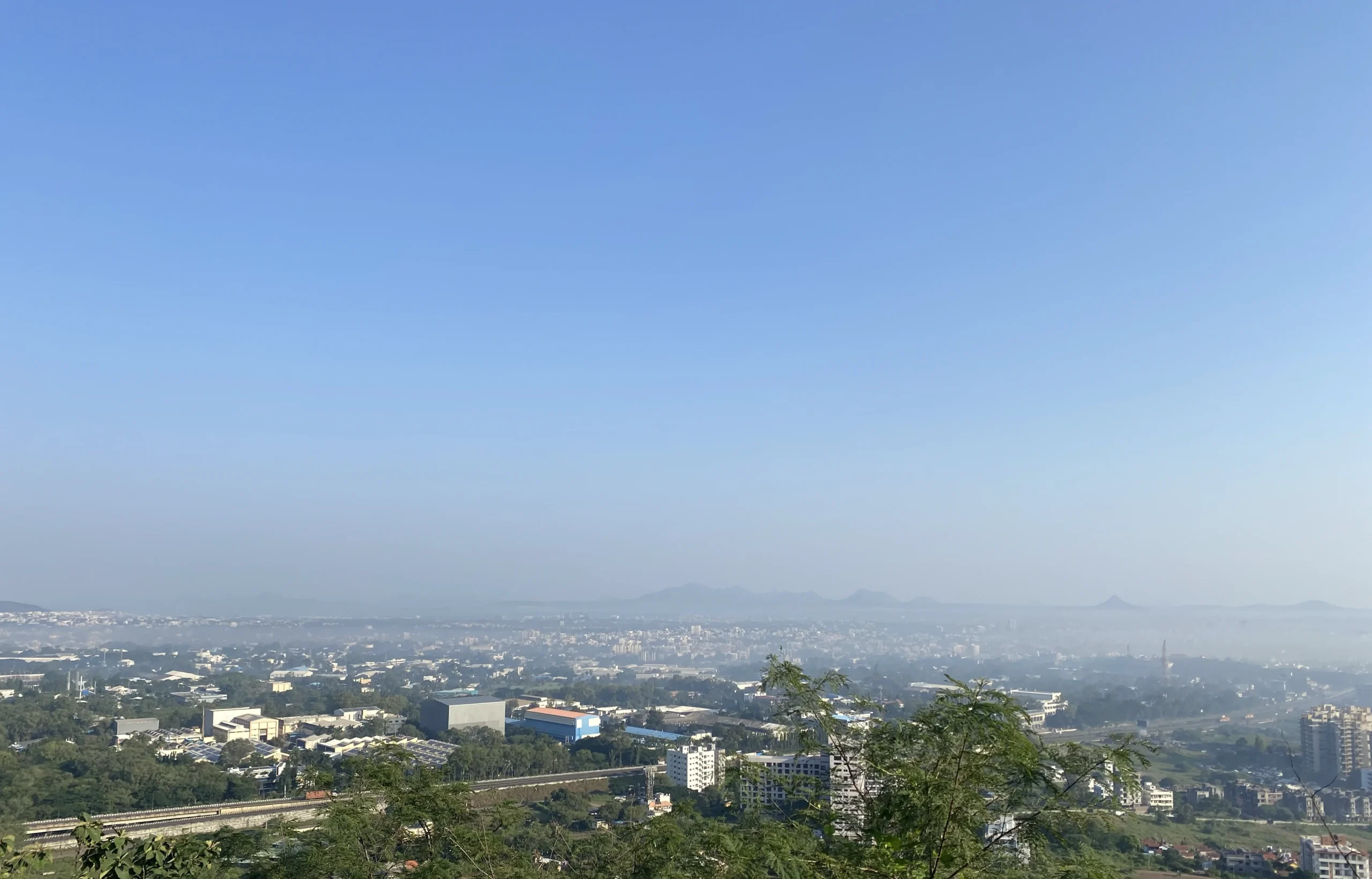Nashik is spread across approx 2,589 sq km with a whopping population of around 2.2 million people.
The district is the birthplace of great leaders like Vinayak Damodar Savarkar and Dadasaheb Phalke. It is also where Dr. Babasaheb Ambedkar launched the Satyagraha (1930-1934) to fight for the entry of Dalits into the Kalaram Mandir. The district also hosts India’s largest pilgrimage, the Kumbh Mela.
I have been living in this wine capital of India for a long time. Long enough to know that there is something that goes beyond this history of Nashik. This blog, based on hours of research, introduces you to what that is.
What We’ve Covered
The Ancient History of Nashik
The religious history of Nashik is marked by 6 main factors. These are why Nashik attracts so many Hindu pilgrims from around the world.
1. Home to the King of Ayodhya
Shri Ram, Maa Sita, and Shri Laxman stayed in Nashik (Panchavati), for around two and a half years, during their 14-year exile. There is a cave in Panchavati known as ‘Sita Gupha’. This cave is where Maa Sita used to live when Lord Ram & Laxman used to go out in search of food.
It is also the place where Shri Laxman cut off the nose of Ravan’s sister, Shurpanakha. This event gave birth to the name Nasik (Nāsikā), meaning ‘nose’ in Sanskrit.
2. Trimbakeshwar Jyotirlinga
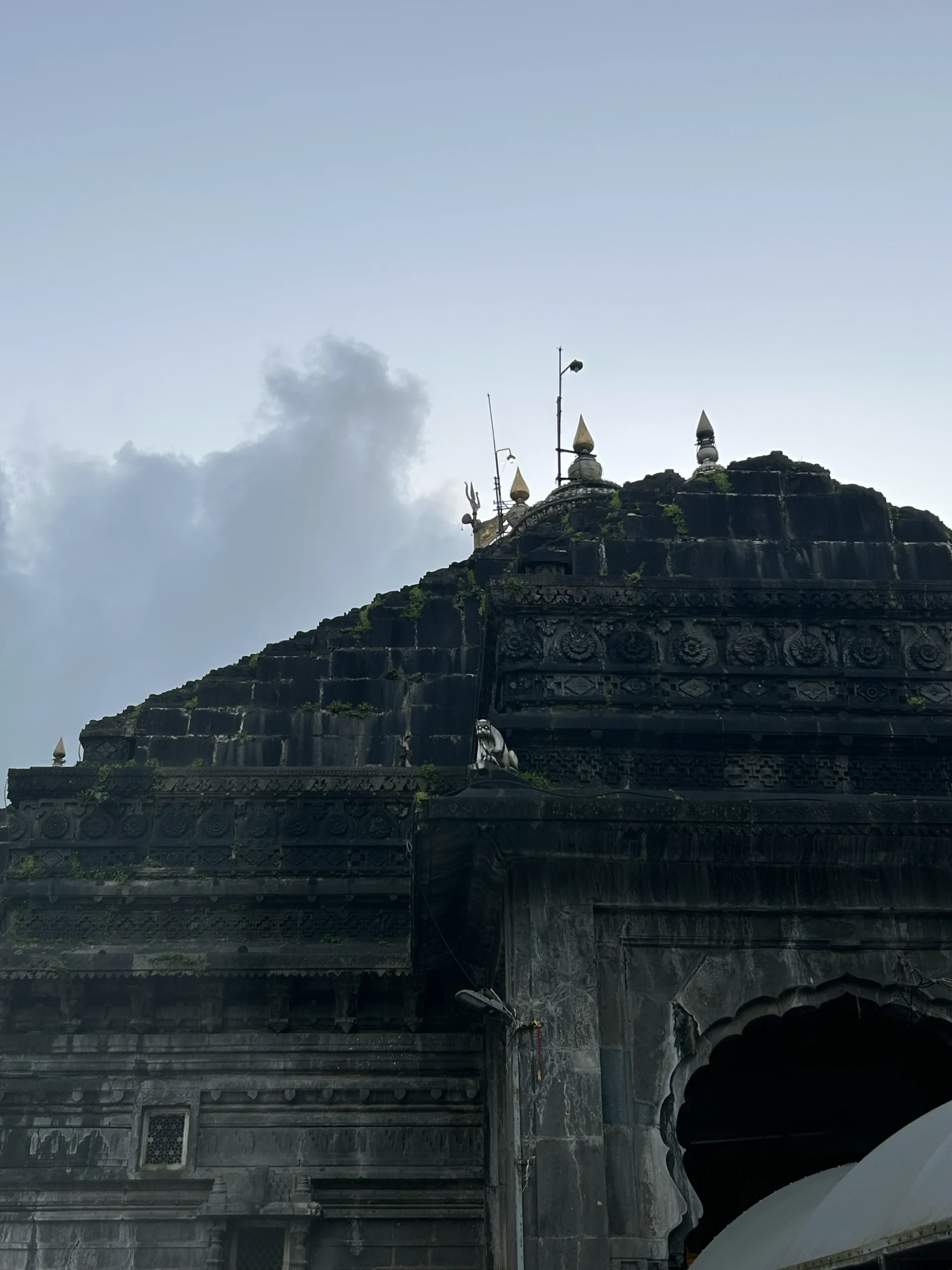
There is a beautiful temple I visited in Trimbakeshwar, Nashik district. It is the home to one of the twelve ‘Jyotirlingas’ in India. Considered as a manifestation of Lord Shiva himself, these Jyotirlingas are very sacred in Hinduism.
It is also believed that by visiting all twelve of the Jyotirlingas one can gain ‘Moksha’ (liberation). For a Sanatani, this in itself speaks for the importance of visiting Nashik.
3. Birthplace of Lord Hanuman
There are different opinions on the birthplace of Mahaveer Vikram Bajrangi Lord Hanuman. Brahma Purana confirms Anjaneri, a hill in Nashik, to be Lord Hanuman’s birthplace. The hill thus gets its name from Lord Hanuman’s mother, Devi Anjana.
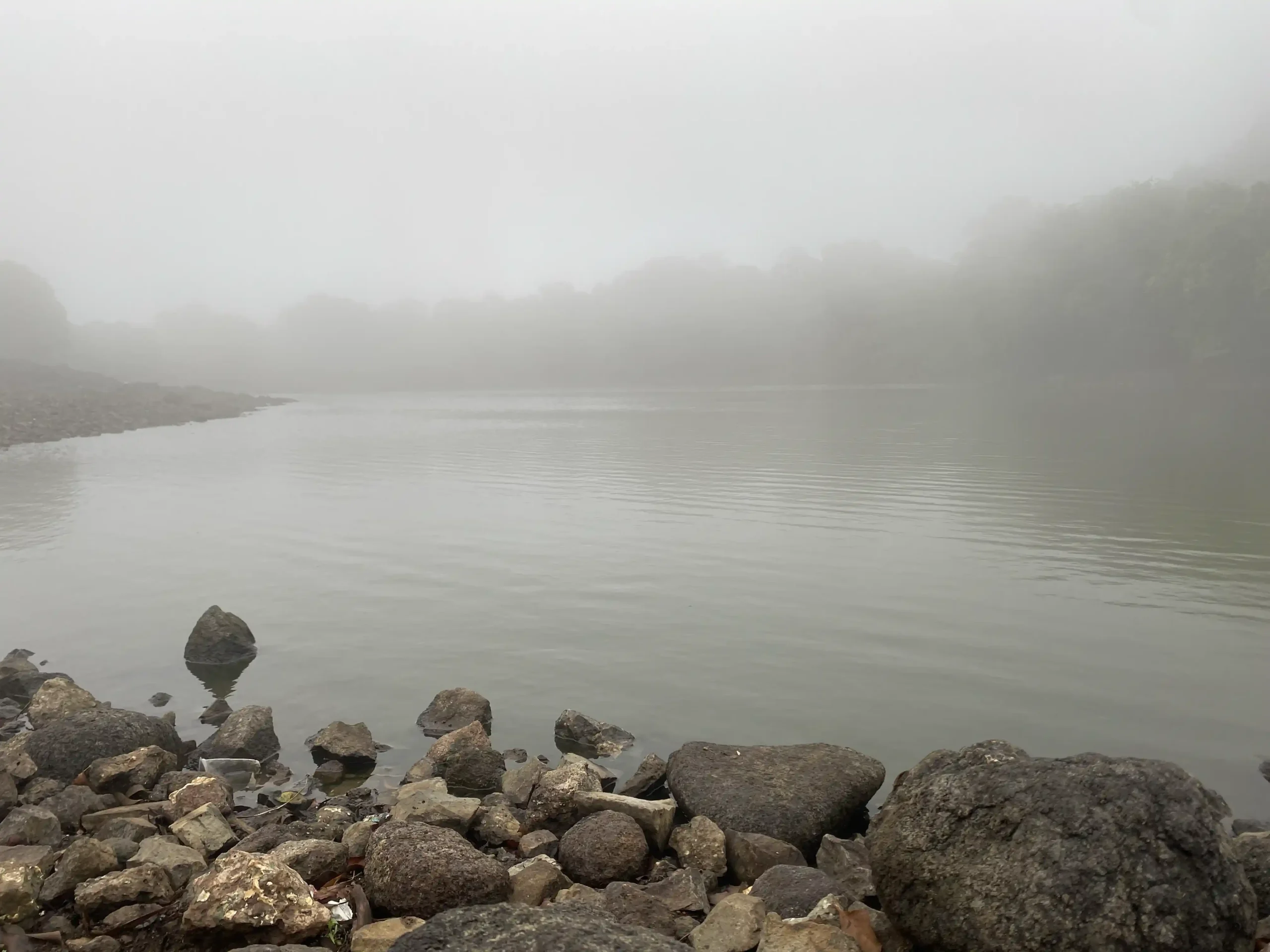
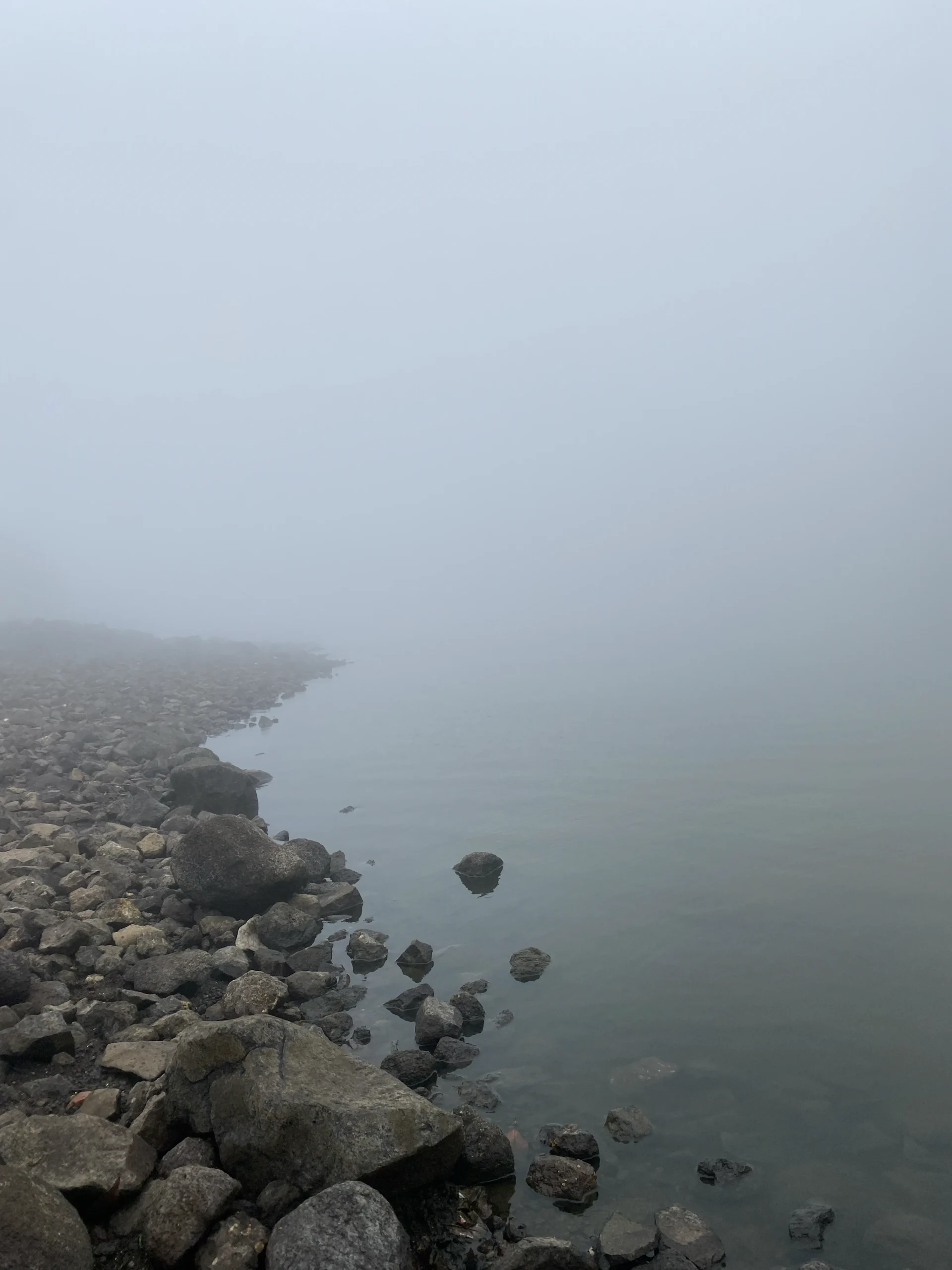
There is a hollow structure on the hill, believed to be the footprint of Lord Hanuman himself. I visited the place, but the dense fog covered the exact footprint. When the skies are clear, one has to trek further up the mountain to see the footprint clearly.
4. Samudra-Manthan Amrut (Elixir) Drop
Kumbh mela is the biggest pilgrimage festival of India. It occurs every four years in one among the four places: Prayagraj, Haridwar, Ujjain and Nasik. The reason it happens only in these places has a history linked to Samudra-Manthan.
After the Amrut (elixir) was churned out of the Samudra, there was a fight over who would consume it. During this fight, some of the drops of the elixir fell on earth. If you guessed it, it fell on Prayagraj, Haridwar, Ujjain and Nasik.
I personally think this drop of elixir has a big impact on the lush greenery and fertility of soil in Nashik.
5. Home to the 5 Pandavas
Before the big war of Kurukshetra, the Pandavas had to live in exile away from their palace. There are some caves on a hill just outside Nashik called ‘Pandav Leni.’ These caves are said to be where the Pandavas lived, though the evidence to support the statement is yet to be found.
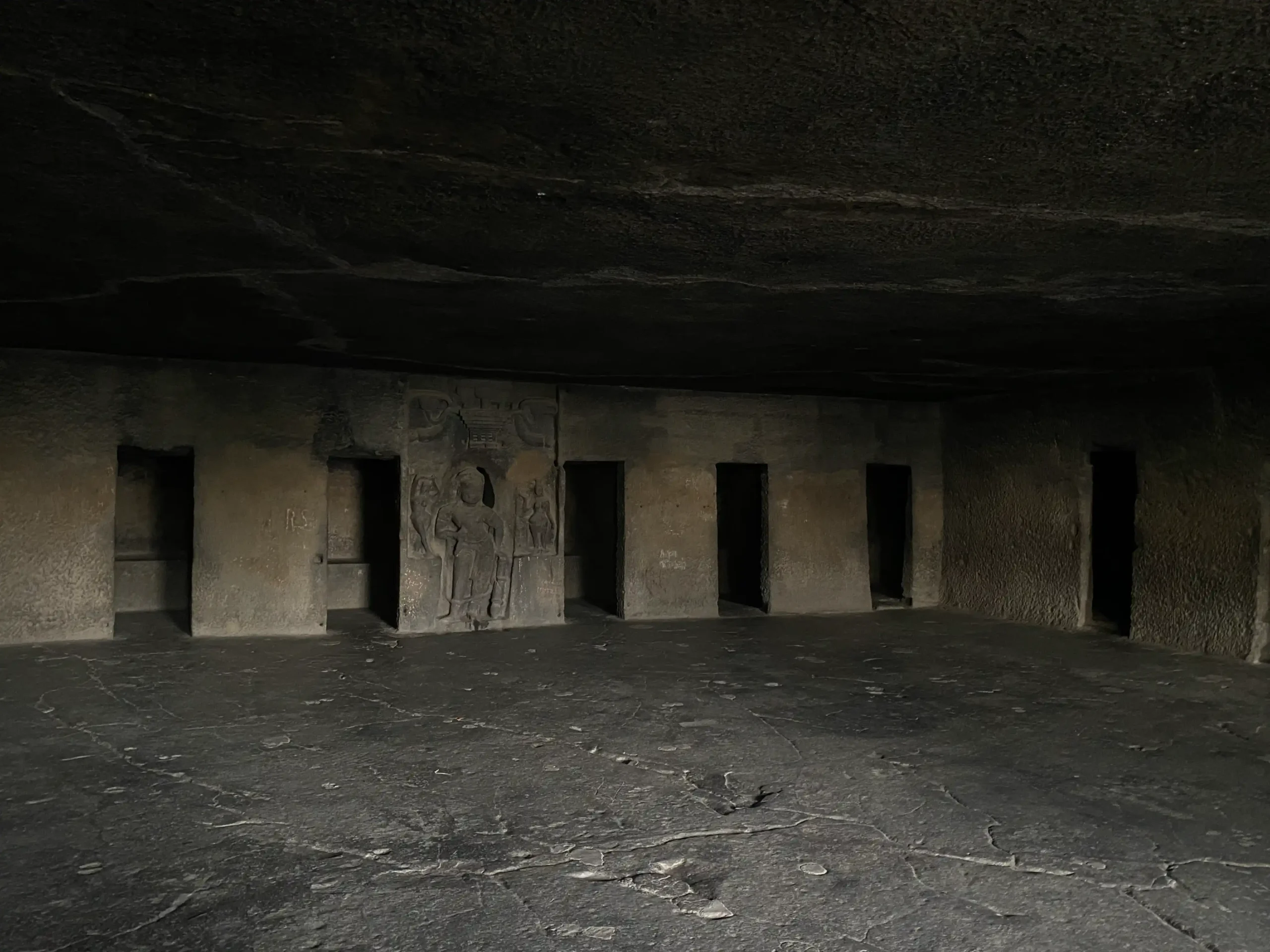
6. Godavari Nadi
The Godavari river is one of the seven sacred rivers of India. It originates from Trimbakeshwar, the home to one of the twelve Jyotirlingas. This river is said to be brought to earth owing to the Penance (Tapasya) of Rishi (Sage) Gautama.
The Godavari also plays an important role in the Kumbh-Mela. A dip in its sacred water is said to purify one’s sins & grant liberation. This is why the river is also known as Dakshin Ganga (Ganga of the South). Thus, people who cannot immerse the ashes of their deceased loved ones in the Ganga choose to do so in the Godavari.
The Various Names of Nashik
There is a distinct history behind the various names of Nashik.
- Nasik: Nāsikā, meaning ‘nose’ in Sanskrit. This relates to the legend where Shri Laxman cut off the nose of Shurpanakha, Ravan’s sister. This links to the rise of the name ‘Nasik’.
- Nashik: Nine peaks surround the city of Nashik. In Hindi, nine means ‘Nau’ & peaks means ‘Shikhar’. This translates to ‘Naushikhar’ which further transforms to Nashik. Although, another theory has it that Nashik is another variation of Nasik.
- Gulshanabad: Nashik was famous for its roses. This gave it the name ‘Gulshanabad’ during the Mughal reign. This name lost its essence when Maratha rulers gained back control over Nashik.
- Padmanagar: This is what Nashik was known as in Satya Yuga. Padmanagar means “City of the Lotus.” It represents beauty and spirituality. The name reflects Nashik’s ancient cultural and religious heritage. This is possibly linked to its sacred rivers and temples.
- Trikantak: This is what Nashik was known as in Treta Yuga. In Sanskrit Trikantak means “Three Peaks.” Thus it might refer to Nashik’s geographical features or points in ancient texts.
- Janasthan: This is what Nashik was known as in Dvapara Yuga. “Janasthan” has a strong connection to the Ramayana. It means “place of the people” or “inhabited place.” According to the Ramayana, Nashik was part of the Dandakaranya forest & was referred to as Janasthan.
An Overview of Nashik’s History
The history of Nashik is both rich and varied. It started as an important center under the Mauryan Dynasty. This era saw it thrive in trade and culture. As centuries passed, powerful empires left their mark. The Satavahanas built ancient temples and caves. The Chalukyas continued this tradition with their own impressive structures.
The Marathas then came into the scene. They brought their unique style of governance and culture. Their influence added a new layer to Nashik’s story. When the British arrived in the 19th century, Nashik began to change. It evolved into a modern city but kept its historical essence.
Each era has left its own mark, shaping the city’s unique character. Today, Nashik stands as a blend of these diverse influences. You can explore more on & about the city, on our dedicated page, Nashik.
FAQ
Nashik makes most of India’s wine & is thus known as California of India. Owing to this it has other nicknames such as the ‘Napa Valley of India,’ the ‘Wine Capital of India’, & the ‘Grape City of India’.
Nashik’s climate and soil are perfect for growing grapes. Many vineyards and wineries around Nashik offer tours and tastings, attracting wine lovers.
Nashik has many important religious sites.
First is Trimbakeshwar Temple, which is one of the twelve Jyotirlingas for Lord Shiva.
Second, Kalaram Temple, known for its black statue of Lord Rama.
And finally, the holy Godavari River, where the Kumbh Mela takes place.
Other sites are Saptashrungi Devi Temple, Kapaleshwar Temple & Someshwar Temple.
Nashik has had several names over time, each with its own meaning:
- Janasthan: From the Ramayana, this name connects Nashik to Janasthan, a key location in Lord Rama’s story.
- Padmanagar: Linked to the lotus (Padma), showing the city’s ancient spiritual role.
- Trikantak: A Sanskrit name meaning “three peaks,” referring to the area’s topography.

